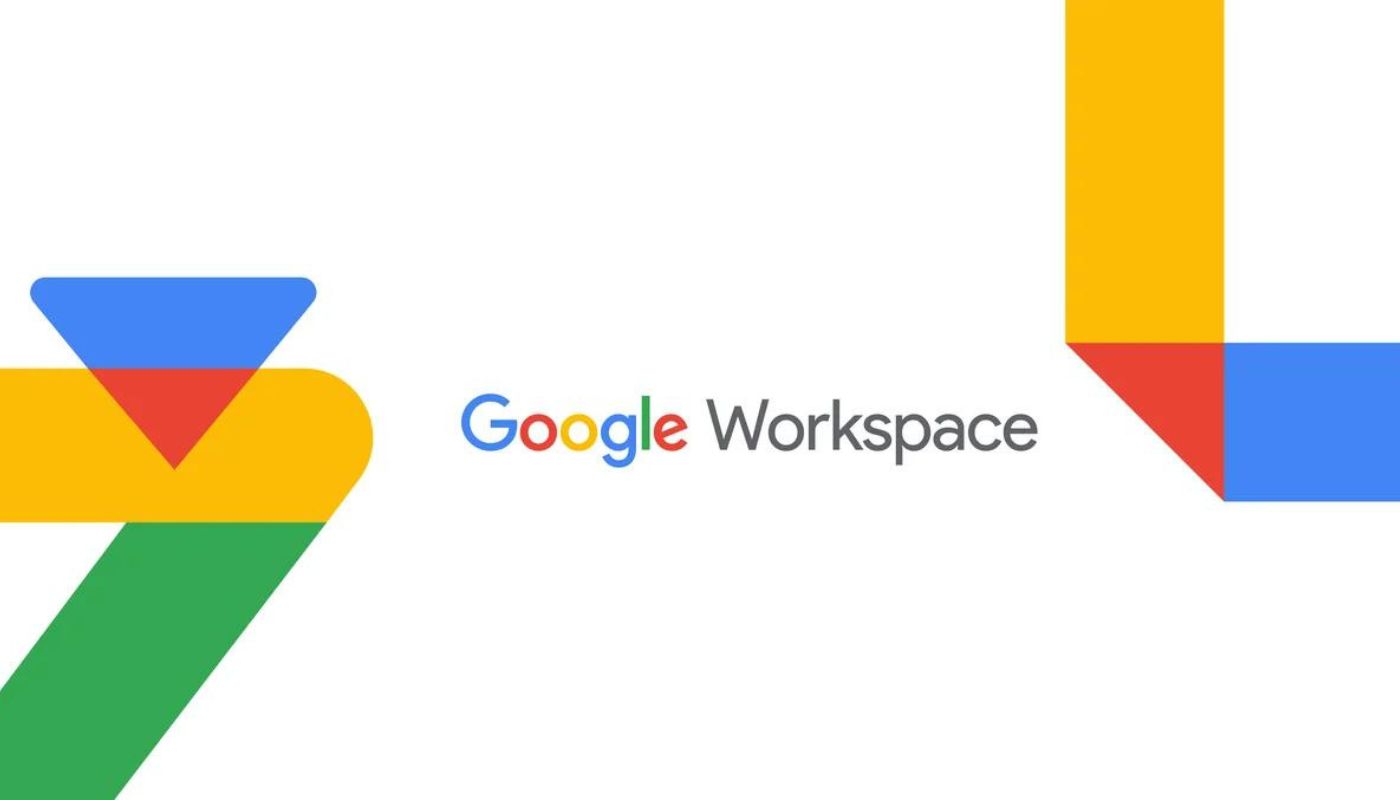
The world of web development is constantly evolving, with new technologies and methodologies emerging each year. As we move into 2024, staying ahead of these trends is crucial for developers, businesses, and anyone involved in the digital space. Whether you’re building a new website, updating an existing one, or simply looking to keep your skills sharp, understanding the top web development trends for 2024 will give you a competitive edge. Let’s dive into the most important trends that are set to shape the web development landscape this year.
1. Progressive Web Apps (PWAs) Continue to Dominate
Progressive Web Apps (PWAs) have been gaining momentum over the past few years, and in 2024, they are expected to become even more prevalent. PWAs offer the best of both worlds by combining the features of traditional web pages and mobile apps. They are fast, reliable, and can work offline, providing a seamless user experience across all devices.
Why PWAs Matter:
- Improved Performance: PWAs load faster and provide a more responsive experience, even on slow networks.
- Cross-Platform Compatibility: PWAs work on any device with a web browser, eliminating the need for separate native apps.
- Cost-Effective: Developing a PWA is often more cost-effective than building and maintaining both a website and a mobile app.
Examples of PWAs:
- Twitter Lite: Twitter’s PWA is a great example of how a PWA can offer a smooth user experience with reduced data usage.
- Starbucks: The Starbucks PWA is designed to work well offline, allowing users to browse the menu and customize their orders without an internet connection.
2. AI and Machine Learning Integration
Artificial Intelligence (AI) and Machine Learning (ML) are becoming increasingly integrated into web development, allowing for more personalized and efficient user experiences. In 2024, we can expect AI and ML to play a bigger role in everything from chatbots and recommendation engines to content creation and user interface design.
Key Benefits:
- Personalization: AI can analyze user behavior and preferences to deliver personalized content, product recommendations, and experiences.
- Automation: Machine learning algorithms can automate routine tasks, such as data analysis and customer support, improving efficiency and reducing costs.
- Enhanced User Experience: AI-driven tools can improve website navigation, search functionality, and overall user engagement.
Examples of AI in Web Development:
- Chatbots: AI-powered chatbots can provide instant customer support, answer queries, and guide users through the site.
- Dynamic Pricing: E-commerce websites can use AI to adjust prices based on demand, competition, and user behavior in real time.
3. Voice Search Optimization
With the rise of voice-activated devices like Amazon Alexa, Google Assistant, and Apple’s Siri, optimizing websites for voice search is becoming essential. In 2024, more users will rely on voice commands to search the web, making it crucial for websites to adapt to this trend.
Why Voice Search Matters:
- Increased Usage: Voice search is becoming more popular, especially among mobile users and those with smart speakers.
- SEO Impact: Websites optimized for voice search can rank higher in search engine results, driving more organic traffic.
- User Convenience: Voice search offers a faster and more convenient way for users to find information and interact with websites.
How to Optimize for Voice Search:
- Use Conversational Language: Optimize content with natural, conversational language that mimics how people speak.
- Focus on Long-Tail Keywords: Voice searches tend to be longer and more specific, so target long-tail keywords in your SEO strategy.
- Implement Structured Data: Use schema markup to help search engines understand your content and provide better voice search results.
4. Motion UI for Enhanced User Engagement
Motion UI is a design trend that incorporates animations and transitions to enhance the user experience. In 2024, expect to see more websites using motion UI to guide users, highlight important content, and make interactions more engaging and intuitive.
Advantages of Motion UI:
- Improved User Interaction: Subtle animations can guide users’ attention to important elements and improve overall navigation.
- Brand Storytelling: Motion can be used to tell a brand’s story in a more dynamic and engaging way.
- Better User Retention: Interactive elements and animations can increase user engagement and time spent on the site.
Examples of Motion UI:
- Hover Effects: Animations that trigger when users hover over buttons or images, providing instant feedback.
- Loading Animations: Entertaining or informative animations that keep users engaged while content is loading.
5. Low-Code and No-Code Development
The demand for faster development cycles and the shortage of skilled developers have led to the rise of low-code and no-code development platforms. These platforms enable users to create websites and applications with little to no coding knowledge, making web development more accessible to a wider audience.
Why Low-Code/No-Code is Trending:
- Faster Development: These platforms accelerate the development process by providing pre-built templates and drag-and-drop interfaces.
- Cost-Effective: Reduces the need for extensive coding expertise, lowering development costs.
- Accessibility: Empowers non-developers to create functional and visually appealing websites and applications.
Popular Low-Code/No-Code Platforms:
- Wix: A user-friendly platform that allows anyone to create a website without needing coding skills.
- Webflow: A powerful tool for designers and developers to build responsive websites with minimal coding.
- Bubble: A platform that enables users to build fully functional web applications without writing code.
6. Serverless Architecture
Serverless architecture is gaining traction as it offers a more scalable and cost-effective way to build and run applications. In this model, developers can build and deploy code without managing the underlying infrastructure, as the cloud provider handles server management, scaling, and maintenance.
Benefits of Serverless Architecture:
- Scalability: Automatically scales with user demand, making it ideal for applications with variable traffic.
- Cost-Efficiency: Pay only for the compute resources you use, reducing overall costs.
- Faster Deployment: Allows developers to focus on writing code without worrying about server management, speeding up deployment times.
Use Cases for Serverless:
- API Gateways: Create scalable APIs without managing servers.
- Real-Time File Processing: Handle real-time data processing, such as image or video uploads, more efficiently.
7. Cybersecurity Focus
As cyber threats become more sophisticated, cybersecurity remains a top priority in web development. In 2024, expect to see increased adoption of advanced security measures, including end-to-end encryption, multi-factor authentication, and AI-driven threat detection.
Key Cybersecurity Trends:
- AI-Powered Security: AI and machine learning are being used to detect and respond to threats in real time.
- Zero Trust Architecture: A security model that requires strict identity verification for every user and device attempting to access resources.
- Data Privacy: With regulations like GDPR and CCPA, protecting user data and ensuring compliance is more critical than ever.
How to Enhance Web Security:
- Implement HTTPS: Ensure your site uses HTTPS to encrypt data transmitted between the user and the server.
- Regular Security Audits: Conduct regular security assessments to identify and fix vulnerabilities.
- Educate Users: Provide users with information on how to protect their accounts, such as using strong passwords and enabling two-factor authentication.
8. WebAssembly (Wasm) for High-Performance Web Applications
WebAssembly (Wasm) is a binary instruction format that enables high-performance web applications by allowing code to run at near-native speed. In 2024, WebAssembly will continue to gain traction, especially for applications requiring intensive computation, such as games, video editing, and 3D modeling tools.
Benefits of WebAssembly:
- High Performance: Allows developers to write code in multiple languages (e.g., C, C++, Rust) and run it efficiently in the browser.
- Cross-Platform Compatibility: WebAssembly is supported by all major browsers, making it a versatile solution for web applications.
- Expanding Use Cases: Ideal for complex applications that require more power than JavaScript can provide, such as CAD tools, gaming engines, and real-time data processing.
Examples of WebAssembly in Use:
- Figma: A web-based design tool that leverages WebAssembly to deliver a smooth and responsive user experience.
- Autodesk AutoCAD: Uses WebAssembly to bring powerful CAD software to the web without compromising performance.
Conclusion
As 2024 unfolds, web development continues to evolve with new technologies and approaches that enhance user experience, improve performance, and simplify the development process. Whether you’re a developer, designer, or business owner, staying informed about these trends will help you build websites that are not only modern and functional but also poised for success in a competitive digital landscape.
By adopting these trends and integrating them into your web development projects, you can ensure your websites remain relevant, secure, and engaging, ultimately driving better results for your business.








